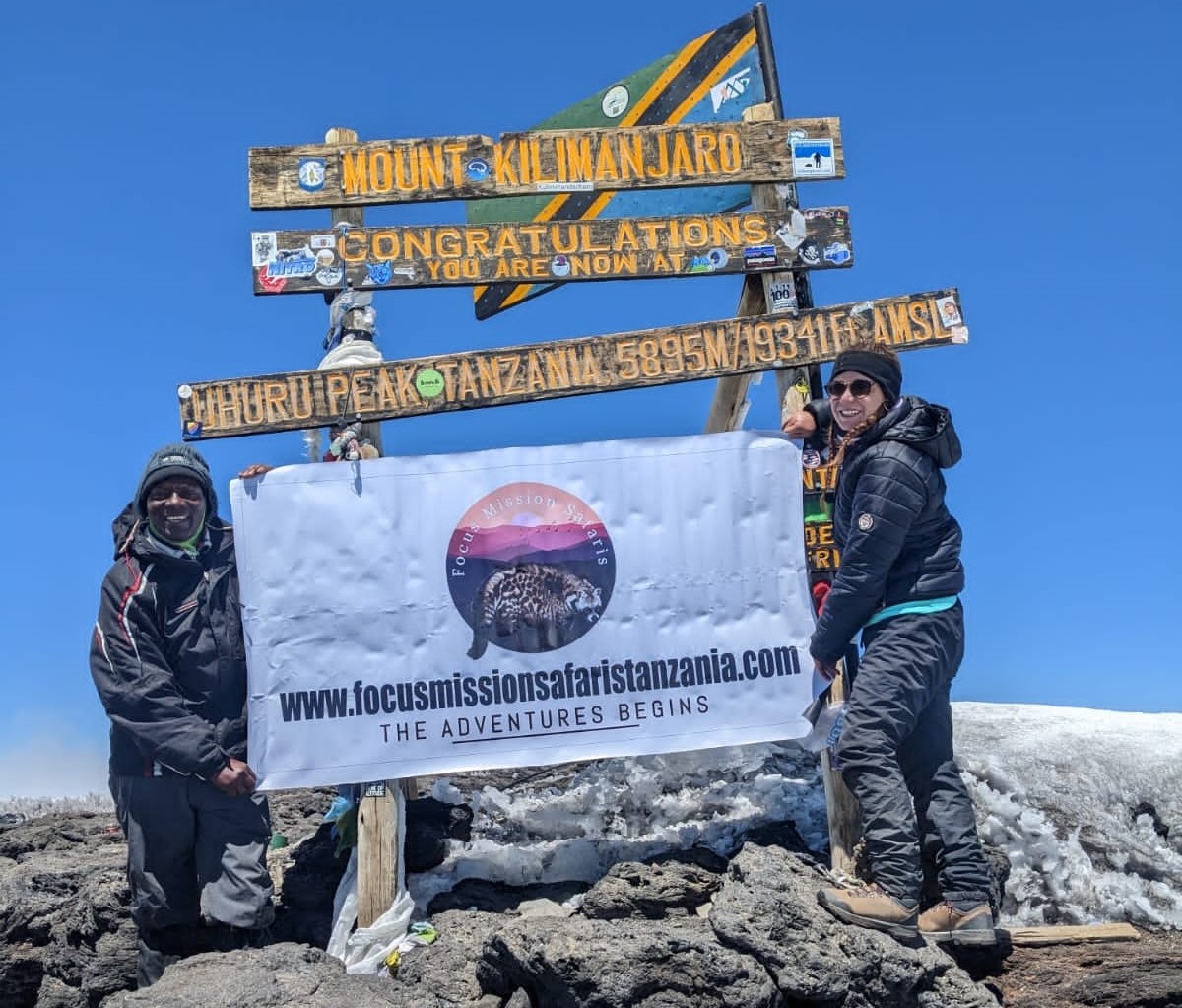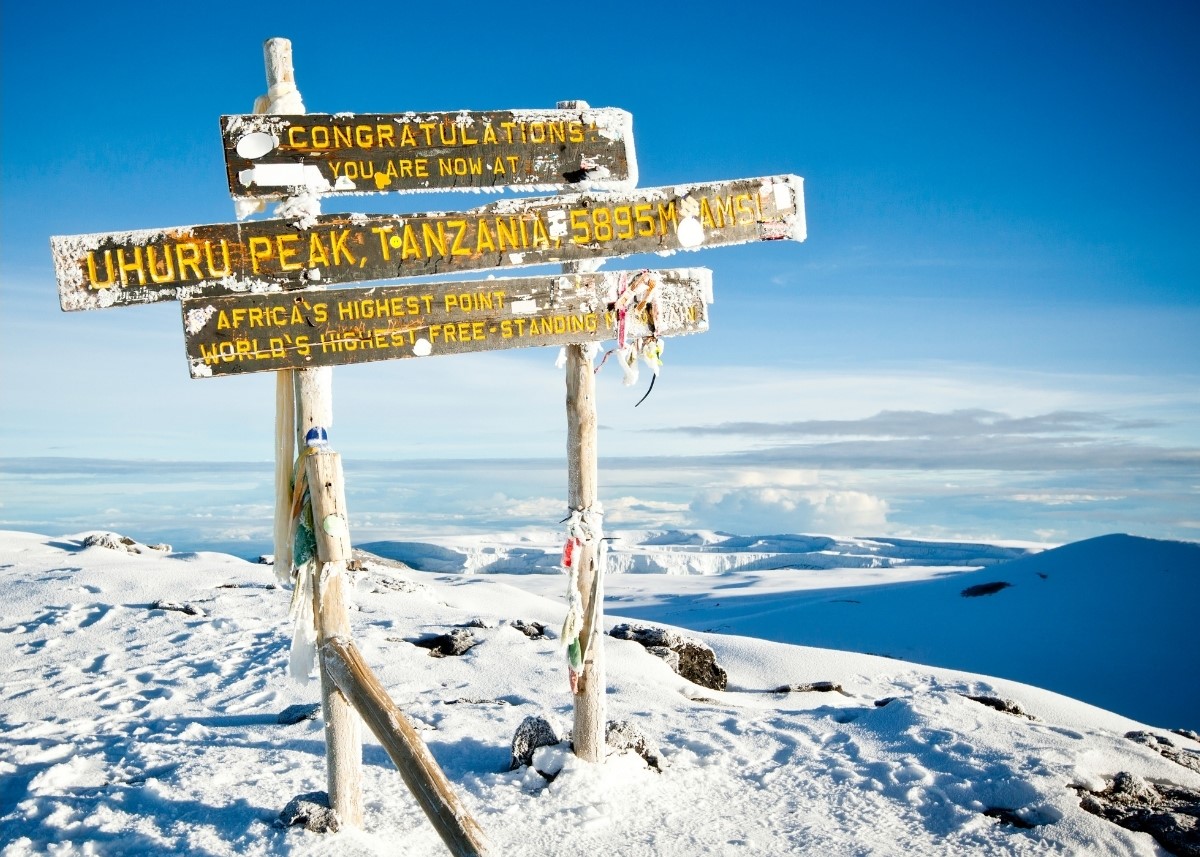
About Mount Kilimanjaro
Mount Kilimanjaro is the tallest mountain in Africa, standing at 5,895 meters (19,341 feet). Known as the "Roof of Africa," Kilimanjaro attracts thousands of trekkers annually. This dormant volcano is made up of three cones: Kibo, Mawenzi, and Shira, with Kibo being the highest summit. Kilimanjaro's unique ecosystem provides trekkers with a journey through several climatic zones, from tropical rainforest to alpine desert.
Kilimanjaro is also a UNESCO World Heritage Site, and its slopes are home to a diverse array of flora and fauna. Climbing Kilimanjaro is non-technical but physically demanding, making it accessible to many adventurers who are prepared for the challenge.
